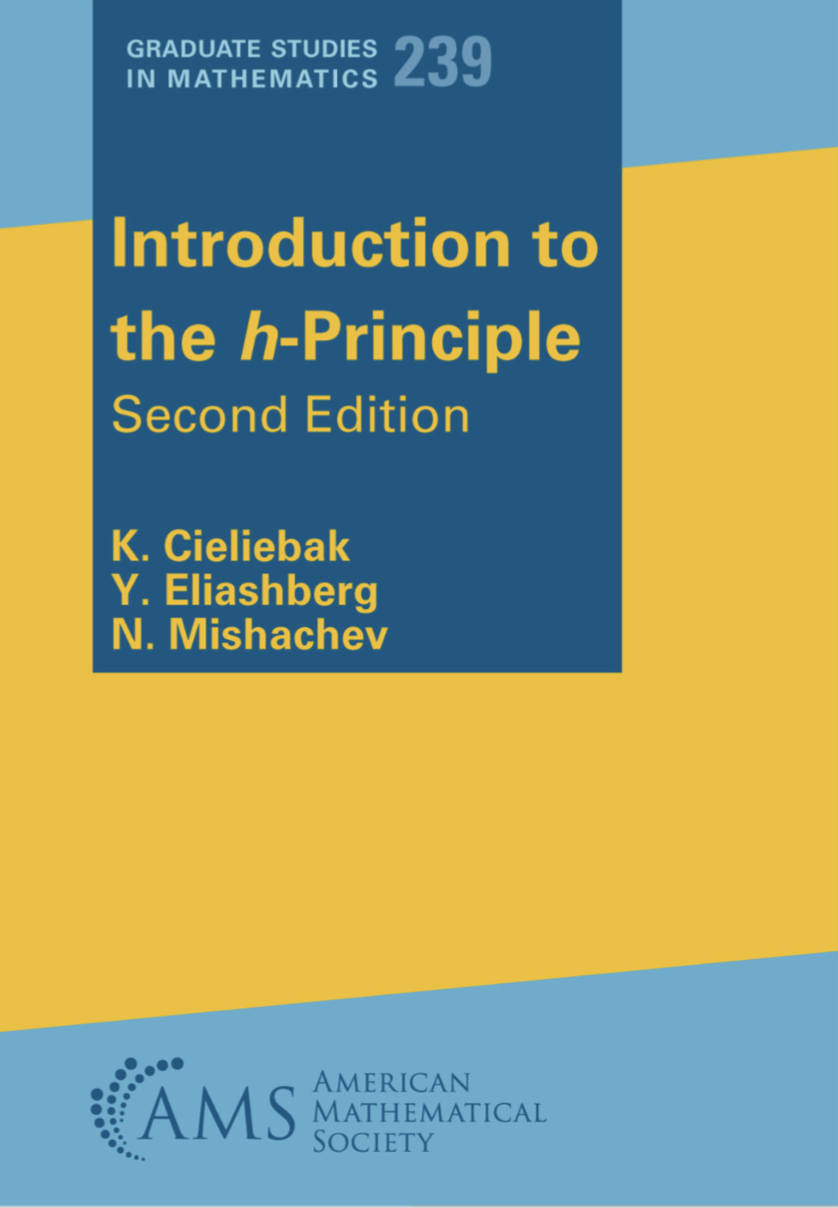

Most ebook files are in PDF format, so you can easily read them using various software such as Foxit Reader or directly on the Google Chrome browser.
Some ebook files are released by publishers in other formats such as .awz, .mobi, .epub, .fb2, etc. You may need to install specific software to read these formats on mobile/PC, such as Calibre.
Please read the tutorial at this link: https://ebookbell.com/faq
We offer FREE conversion to the popular formats you request; however, this may take some time. Therefore, right after payment, please email us, and we will try to provide the service as quickly as possible.
For some exceptional file formats or broken links (if any), please refrain from opening any disputes. Instead, email us first, and we will try to assist within a maximum of 6 hours.
EbookBell Team

5.0
20 reviewsThis is a Revised Edition of: GSM/48
In differential geometry and topology one often deals with systems of partial differential equations as well as partial differential inequalities that have infinitely many solutions whatever boundary conditions are imposed. It was discovered in the 1950s that the solvability of differential relations (i.e., equations and inequalities) of this kind can often be reduced to a problem of a purely homotopy-theoretic nature. One says in this case that the corresponding differential relation satisfies the h
-principle. Two famous examples of the h
-principle, the Nash–Kuiper C1
-isometric embedding theory in Riemannian geometry and the Smale–Hirsch immersion theory in differential topology, were later transformed by Gromov into powerful general methods for establishing the h
-principle.
The authors cover two main methods for proving the h
-principle: holonomic approximation and convex integration. The reader will find that, with a few notable exceptions, most instances of the h
-principle can be treated by the methods considered here. A special emphasis is made on applications to symplectic and contact geometry.
The present book is the first broadly accessible exposition of the theory and its applications, making it an excellent text for a graduate course on geometric methods for solving partial differential equations and inequalities. Geometers, topologists, and analysts will also find much value in this very readable exposition of an important and remarkable topic.
This second edition of the book is significantly revised and expanded to almost twice of the original size. The most significant addition to the original book is the new part devoted to the method of wrinkling and its applications. Several other chapters (e.g., on multivalued holonomic approximation and foliations) are either added or completely rewritten.
Readership
Graduate students and researchers interested in recent advances in differential topology.